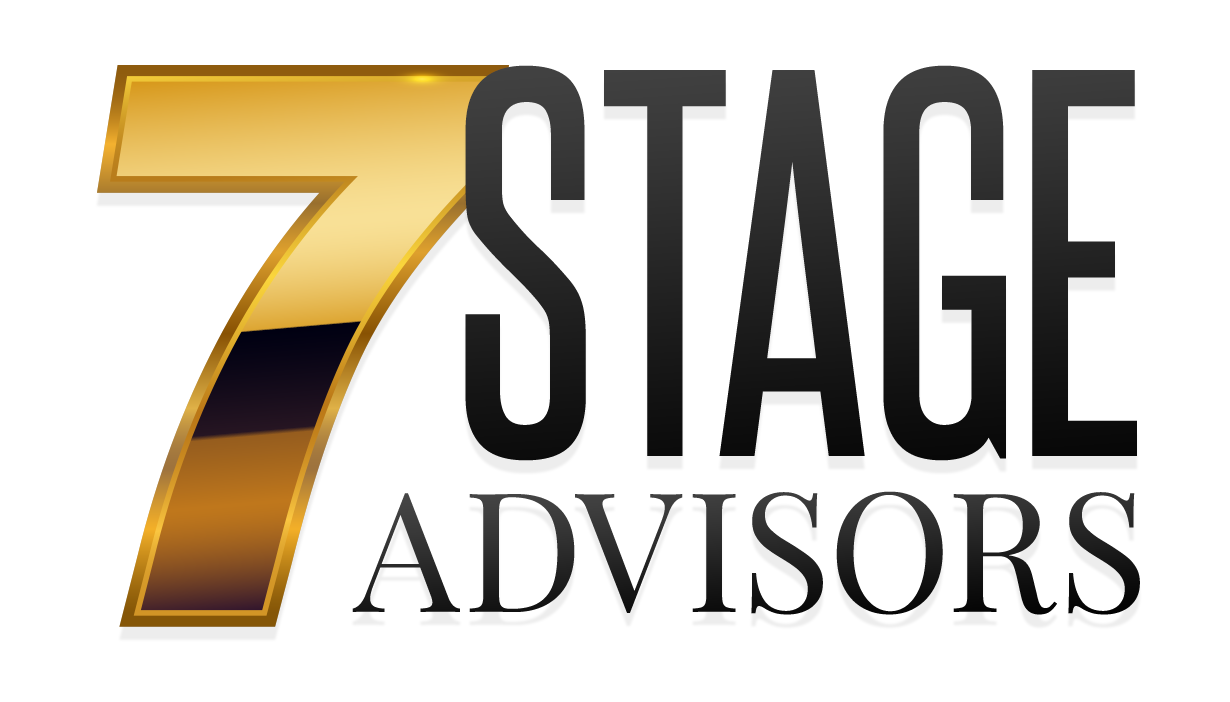A company’s strategic plan is the foundation of predictable growth. After all, a solid strategic plan affects everything your firm does or doesn’t do. And these actions (or lack of actions) send a clear message to your current and future customers. It is a guide that helps you control the message and consistently communicate value.
Without a plan, the messages get confused, offers may compete, and customers struggle to understand your value proposition.
I like to use restaurants as an example. As a customer, even if you don’t know anything about the place, the building sends a message. Is it a roadside diner structure or on the other side of elegant glass windows on a busy city street? Is the restaurant’s name spelled out in gilded script, or is it in blinking neon? Once you walk in, does a maître d greet you in a well-cut suit, or is a preoccupied teenager leading you to a booth?
Each of these cues tells the customer what to expect before seeing a menu or ordering an item. These are cues to cost, quality, value, and even taste. So, it makes sense to plan these things out in advance.
Of course, these kinds of cues matter for every type of business. Each decision you make for your company will tell your potential customers about you and your organization, even before they are interested in a product or service you plan to sell.
Map Your Company’s Journey
Strategic planning is a road map. It allows you to identify goals, create strategies, and position your firm to grow. A good plan identifies your starting point and outlines the rules for engagement, the players, and your place on the map in relation to your competition. Once you know who you are, what you offer, and what others provide, you can position your firm to excel. And that is the start of a successful company.
Planning Saves Time and Reduces Waste
Developing a clear path for the company also enables you to get up to speed quickly and confidently without wasting time on missteps or uncertainty. Instead of making decisions along the way, you have a destination in mind and make decisions that move you toward your goals.
Yes, you will have to walk away from opportunities that don’t fit your plan. But because you’ve researched and reasoned out your preferred path, you don’t have to spend too much time regretting this. You know where you’re headed, why you’re headed there, and why other paths just don’t make sense for you.
The Power of MVP
When discussing strategic plans, I refer to MVPs: mantra, velocity, principles, and a purpose statement. You start by defining who you are (mantra), where you want to go and how fast you want to get there (velocity), your company principles and what you personally believe in (principles), and why you are in business at all (your purpose statement.) The MVP is your strategic planning foundation. As you develop other parts of the plan, you refer back to your MVPs and course correct as needed.
This is also the time to create a business plan. You’ll think through how the business works and what it needs to function correctly. You’ll reason out pricing, costs, margins, and profits. You’ll identify competition and market opportunities to find the best position for your product or service.
Next, you’ll map out your plans to communicate your value to others (marketing.) Who needs to know about you? Who is going to tell them? What messages will you send to them, and how will you deliver those messages?
Next, plan out your sales plan. You’ll need revenue quickly, so spend time thinking about how you will jumpstart sales to keep the cash coming in the early stages of growth.
And as you compile these plans, you’ll also create a timeline filled with tasks that must be completed to move forward. You’ll develop a list of milestones that you must meet along the way.
Don’t Skip This Step
Strategic planning is difficult for many entrepreneurs. Many business owners just want to get out there and start doing and earning. Sitting around with papers and calculators may sound like torture to some of you, but it is critical to keep your firm on track.
Think of your business as a journey. If you can pick a destination, a budget, and a route, you will arrive at your destination quicker and more efficiently. If you set out without a plan, you’ll inevitably wander, take a few wrong turns, and waste time and money in the process. Worst of all, you’ll never be sure if you have arrived.
So, take a breath and commit to planning. When you go slow at first, your company can go much faster down the line.

